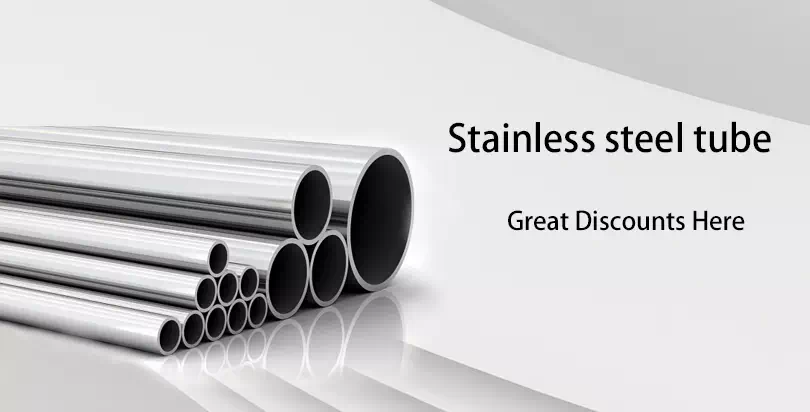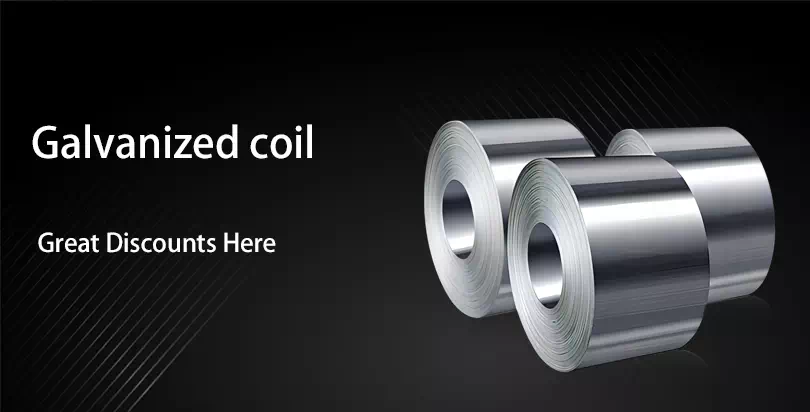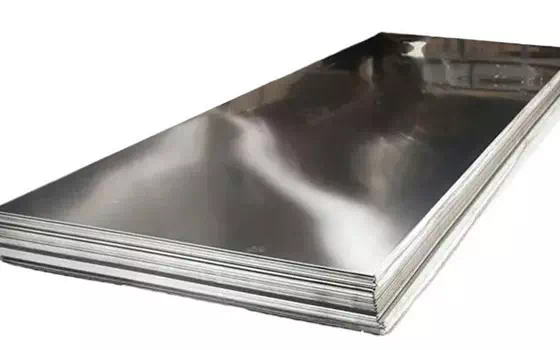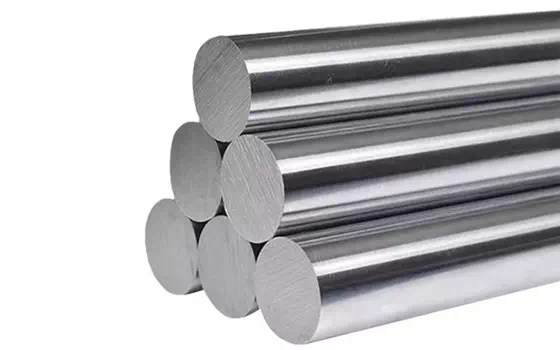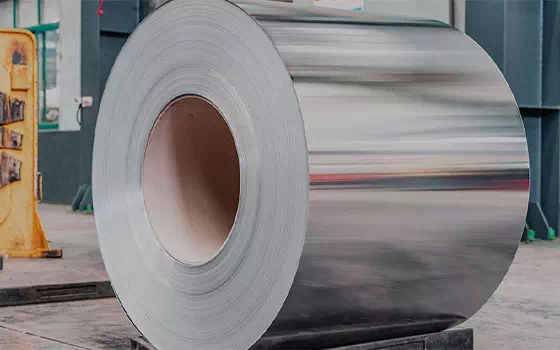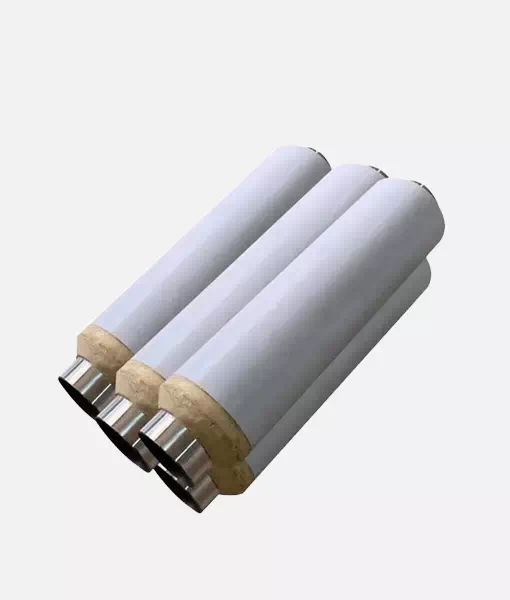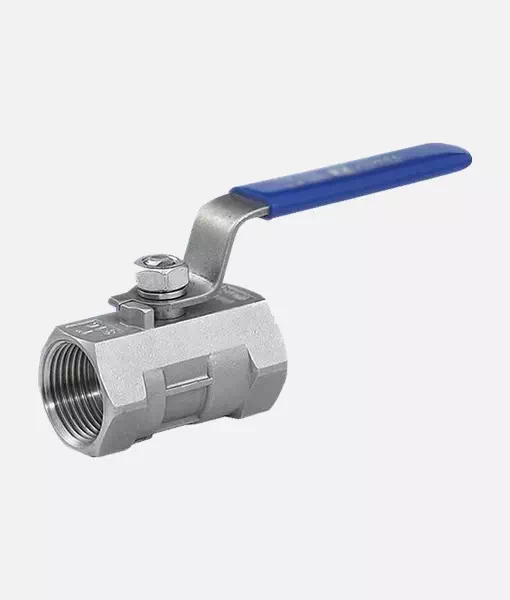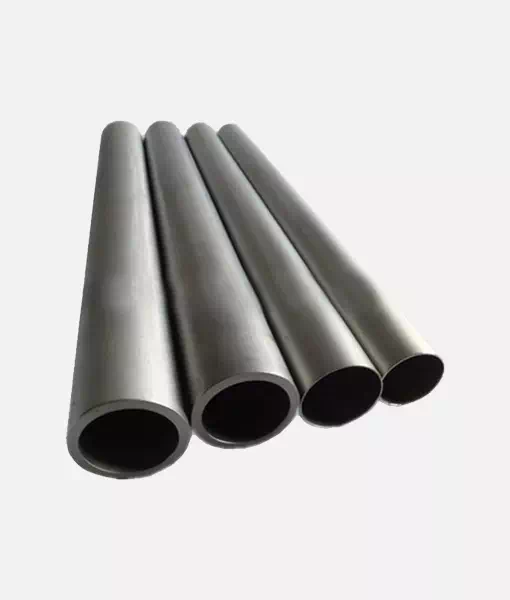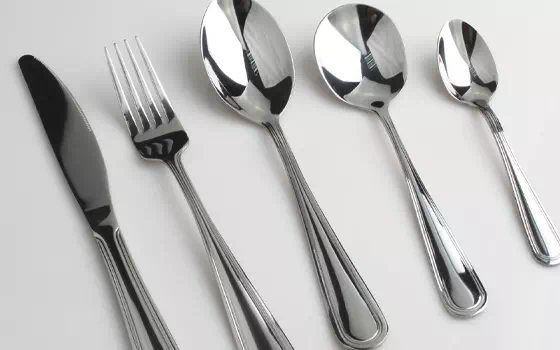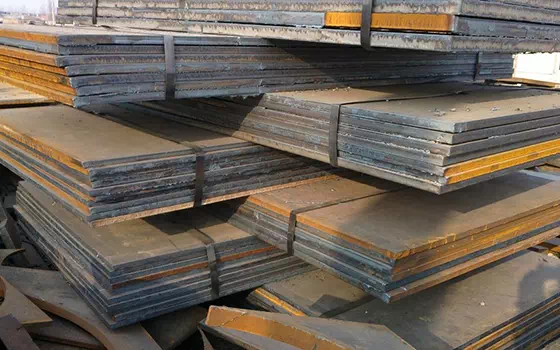1、Introduction of hot strip mill products
Hot-rolled steel sheet and strip products are made from slabs (mainly continuous casting billets) as raw materials, which are heated and then made into strips by rough rolling units and finishing units. The hot steel strip from the last mill of the finishing mill is cooled to the set temperature by the laminar flow and rolled into steel strip coils by the coiler. The cooled steel strip coils are processed into steel plates, flat coils, and longitudinal steel strip products through different finishing lines (leveling, straightening, cross-cutting or longitudinal cutting, inspection, weighing, packaging, and marking, etc.) according to the different needs of customers. Due to the high strength, good toughness, easy processing, and good weldability of hot rolled steel products, they are widely used in ships, automobiles, bridges, construction, machinery, pressure vessel, and other manufacturing industries. With the increasing maturity of new technologies for controlling the dimensional accuracy, plate shape, and surface quality of hot-rolled products and the introduction of new products, hot-rolled steel plates and strips have been more and more widely used and have stronger and stronger competitiveness in the market. The general description of hot-rolled steel products, a wide variety of steel specifications, a wide range of uses, from general engineering structures to automotive, bridges, ships, boilers, pressure vessels, and other manufacturing, have been used in large quantities. A variety of different uses, the material properties of steel plate, surface quality and size, shape accuracy, and other requirements are different, therefore, must have an understanding of the varieties of hot-rolled steel products, materials, characteristics, and their uses, in order to achieve economic and reasonable use.
Hot-Rolled Steel Sheet Product Introduction
2 、Mechanical properties considerations
Mechanical properties terminology
(1) Mechanical properties: The mechanical properties of steel plates refer to the properties of steel plates under stress related to elastic or inelastic response or involving stress-strain relationship. Tensile strength, yield point, elongation and impact absorption work are the main indicators of the mechanical properties of hot-rolled steel plates. Its size indicates the size of the steel’s ability to resist various effects, is the main criterion for assessing the quality of steel materials, but also the main basis for the design of steel parts and strength calculations.
(2) mechanical properties of experiments: the determination of the mechanical properties of hot-rolled steel plate experiments are mainly tensile tests and impact tests.
(3) yield strength: specimen in the tensile process, the load does not increase or begin to decrease and the specimen can continue to elongate (deformation) when the stress. The lower the yield strength of steel, the smaller the force required to produce permanent deformation, that is, the easier to shape processing.
(4) tensile strength: The maximum stress that a specimen is subjected to when it is stretched, before it is pulled off. When the material is subjected to external stress greater than its tensile strength, will rupture, therefore, the greater the tensile strength of the steel material, the more it can withstand large external stress without fracture.
(5) elongation: the specimen is pulled off, the length of the increased part of the mark with the original mark length of the percentage. The greater the ratio of elongation, it means that the material can withstand permanent deformation before the destruction of the force (plasticity) the better; vice versa, the worse the plasticity.
(6) impact work (impact absorbed work): impact test, the specified shape, and size of the specimen in the impact of a break in the work absorbed, the size of the impact work, that the metal material resistance to impact loading. The higher the impact work, the stronger the ability of the material to resist sudden brittle fracture.
3、The selection of hot strip mill steel products
(1) mechanical properties and formability and the relationship between the use of performance
To obtain the desired shape of the steel plate, it must be permanently deformed, the process adopted can be partial or integral bending, deep punching, tensioning or a combination of these forming methods.
(1) The yield strength of the thin steel plate indicates the formability and strength after forming. For the forming of an ordinary carbon steel plate, the yield point value is too high and there is often a possibility of excessive spring back, easy breakage during forming, fast wear of abrasives, and defects due to poor plasticity. However, the yield point of the material is less than 140Mpa, and may not be able to withstand the stress applied during the forming process, for more complex or complex-forming process or stamping processing of the steel plate, usually requires a relatively low yield strength value, and the smaller the yield ratio, the better the forming properties of the steel plate.
(2) the cold formability of the thick plate and the material yield strength and elongation are directly related. The lower the yield strength value, the smaller the stress required to produce permanent deformation; the higher the elongation value, the higher the ductility can be allowed to withstand large deformations without fracture.
(3) for building structures, bridges, and mechanical structural components of the steel plate, in order to prevent fracture of the component, the steel material has the characteristics of tensile strength, and to prevent deformation of the component, but also requires a certain yield strength of the steel material, so the steel for such purposes are required to specify the minimum value of tensile strength, yield strength or range of values.
(4) for impact load-deformation, such as ships, bridges, oil and gas pipelines with steel plate, in order to prevent the use of brittle fracture, but also requires a sufficiently high impact toughness – impact power value.
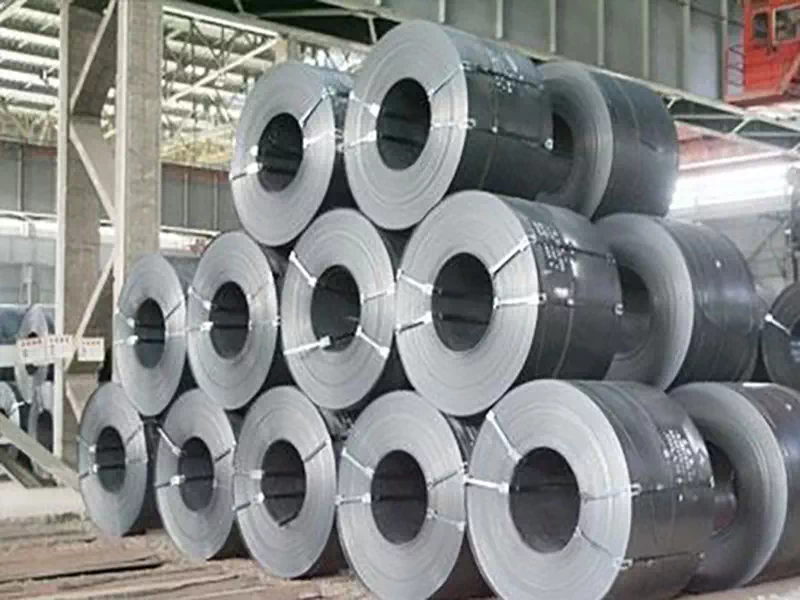
(2) the choice of steel plate species categories.
Hot-rolled steel products, including strip (coil) and sheared from its steel plate. And steel strip (volume) can be divided into straight hair volume and finishing volume (sub-volume, flattening sub-volume, and longitudinal cutting with volume).
As a result of straight hair volume without re-rolling, not remove the steel strip head and tail size change part and without straightening and leveling, so straight hair volume with tongue and fishtail, and easy to occur head and tail thickness, width uneven, side wave shape, folded edge, tower shape and unrolling wrinkles (waist fold) and other defects, so the surface quality of the steel plate, plate shape requirements are relatively high use, should not use hot-rolled straight hair volume, and should be selected after Finishing line re-rolling, flattening the flat volume.


